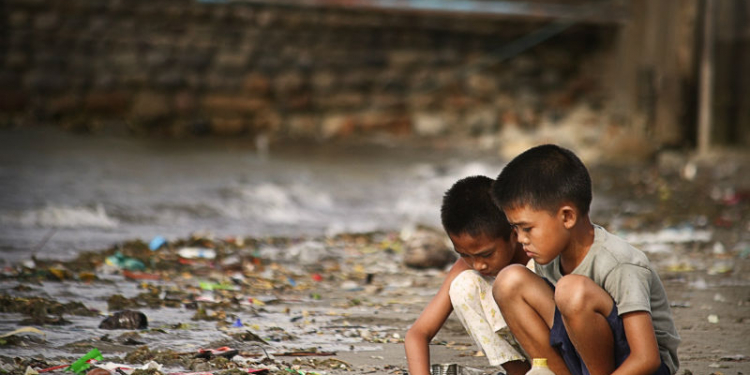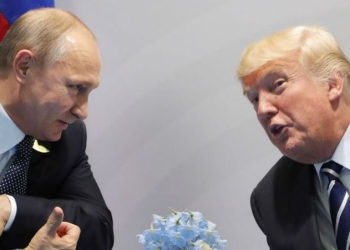The FINANCIAL — Index shows 1 in 5 people in the developing world living in multidimensional poverty. Hundreds of millions lack adequate nutrition, sanitation, housing and good cooking facilities. But, India’s MPI poverty rate fell from 55.1% to 16.4% as millions were lifted out of poverty according to University of Oxford.
Poverty can be overcome with on-the-ground strategies enabling millions of people around the world to move out of ‘multidimensional poverty’, according to research published today by the United Nations Development Programme and the University of Oxford. The Multidimensional Poverty Index shows 1.2 billion people in 111 developing countries are living in many layers of poverty but, by showing granular information about specific poverty markers, the data could enable policymakers to unbundle the layers of deprivation and alleviate poverty.
Powerful poverty interventions are needed, because the data do not yet represent the post-pandemic world – where resources are scarce and poverty likely increased. The numbers are daunting, according to the team. But the report contains some good news.
Dr Usha Kanagaratnam, who leads the global MPI estimations at Oxford, shared, ‘In India 415 million people left poverty in 15 years. This finding (which is a lower bound) – that a huge country can more than halve multidimensional poverty in 15 years – really is a cause for hope. The poorest states, and children, reduced poverty the fastest. We need some good news and India’s data are very encouraging.’
Professor Sabina Alkire, of Oxford’s Poverty and Human Development Initiative, says the MPI reveals the interlinked nature of poverty for each of the millions who are impoverished, ‘The report is innovative because it looks at the precise bundles of deprivations for each poor person and shows exactly which deprivations people are experiencing. ‘For example, 374 million poor people are deprived in nutrition, sanitation, housing and cooking fuel at the same time; 445 million lack both electricity and clean drinking water, and 4.1 million are deprived in all included indicators.
Using this data, she says, policymakers around the world can identify the exact factors comprising poverty and design actions that are more efficient in ending it. According to Professor Alkire, ‘There is no magic bullet for poverty but this information provides understanding.’
‘We are all familiar,’ she says. ‘With how the school lunch programme worked – it is an example of how action on one area of poverty can have an impact on several. This data provides information which can be used to make a difference.’
Unfortunately, the data was collected before COVID but, she says, the report shows there were major reductions in poverty in India. The numbers of MPI poor reduced from 55% of the population to some 16% in fifteen years.
‘It’s a massive reduction,’ she says. ‘Both for India and at a global scale. That really is cause for hope.’





























Discussion about this post